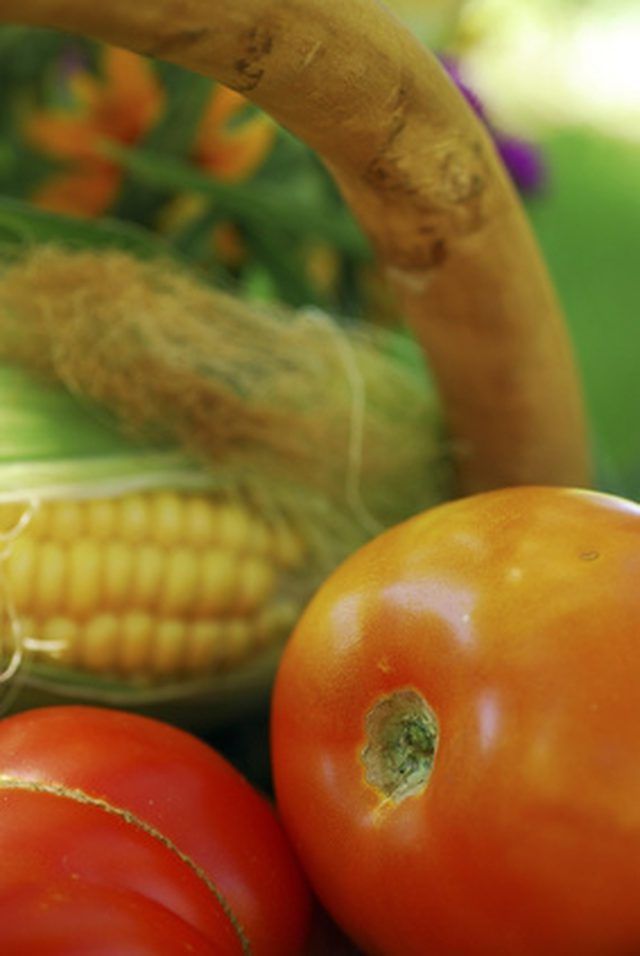Bulbs
Flower Basics
Flower Beds & Specialty Gardens
Flower Garden
Garden Furniture
Garden Gnomes
Garden Seeds
Garden Sheds
Garden Statues
Garden Tools & Supplies
Gardening Basics
Green & Organic
Groundcovers & Vines
Growing Annuals
Growing Basil
Growing Beans
Growing Berries
Growing Blueberries
Growing Cactus
Growing Corn
Growing Cotton
Growing Edibles
Growing Flowers
Growing Garlic
Growing Grapes
Growing Grass
Growing Herbs
Growing Jasmine
Growing Mint
Growing Mushrooms
Orchids
Growing Peanuts
Growing Perennials
Growing Plants
Growing Rosemary
Growing Roses
Growing Strawberries
Growing Sunflowers
Growing Thyme
Growing Tomatoes
Growing Tulips
Growing Vegetables
Herb Basics
Herb Garden
Indoor Growing
Landscaping Basics
Landscaping Patios
Landscaping Plants
Landscaping Shrubs
Landscaping Trees
Landscaping Walks & Pathways
Lawn Basics
Lawn Maintenance
Lawn Mowers
Lawn Ornaments
Lawn Planting
Lawn Tools
Outdoor Growing
Overall Landscape Planning
Pests, Weeds & Problems
Plant Basics
Rock Garden
Rose Garden
Shrubs
Soil
Specialty Gardens
Trees
Vegetable Garden
Yard Maintenance
Texas Fall Vegetable Planting Guide
Texas Fall Vegetable Planting Guide. Texas encompasses parts of U.S. Department of Agriculture plant hardiness zones 6 through 9 and experiences a wide range of temperatures, particularly in the winter. Both timing and region play roles in planting a successful fall garden.

Texas encompasses parts of U.S. Department of Agriculture plant hardiness zones 6 through 9 and experiences a wide range of temperatures, particularly in the winter. Both timing and region play roles in planting a successful fall garden.
Timing
According to Aggie Horticulture, vegetable gardeners in Texas should begin preparing for their fall vegetable garden in July or August. Fall season vegetables do well in soil warmed by a season of sun. Preparing the soil early aids success.
Soil
Vegetable gardens require loose, rich soil, so gardeners in Texas should mix quick-draining soil and rich compost into the site to a depth of 2 to 3 inches, and eliminate any weeds or rocks. Covering the site with clear plastic encourages both warming and weed reduction for the eventual planting.
Fall Vegetables
In Texas, where winters offer temperatures down to minus 20 degrees Fahrenheit, it is important to choose the right cold-tolerant vegetables. Rutabagas, potatoes, beets, turnips, lettuces and winter squash all tolerate the cold of Texas, and make for a successful fall vegetable garden.
Planting
Different fall vegetables have different planting times to give them appropriate access to warmth, sun and length of growing season. Most vegetable plants should be in the ground by September 1, with some plants waiting until October 1 per their planting preferences.